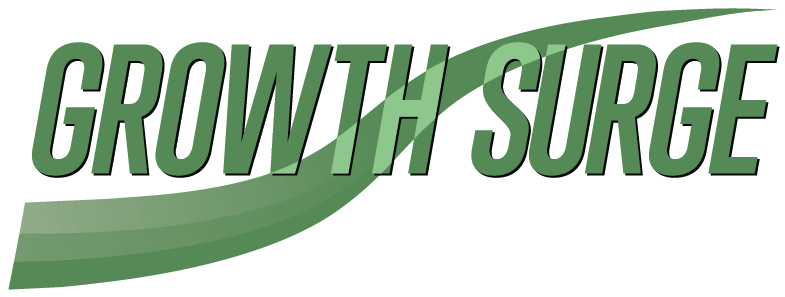The Failure Demand Trap
Failure demand is a false demand from customers for your services. It’s the opposite of value demand. But if value demand is when customers demand a service they’re willing to pay for, does that make failure demand something customers “want” but would rather not pay for?
In a sense, yes. But it’s much more than this.
Failure demand is, “The demand caused by a failure to do something…right for a customer”. (Medium, 10 Sep 2020) It was introduced by John Seddon in 1992 to highlight the distinction between systems that satisfied customer needs versus command and control-oriented management.
Value demand looks like quote requests, purchase orders, or the sound of the cash register’s ka-ching. It’s what happens before your customer writes an appreciative testimonial. These are the activities in your business that are driven by customers wanting what you’re selling.
On the other hand, failure demand is a buggy product to be repaired, a billing query to be answered, an unfathomable user guide that needs explaining, or making another call to the dispatcher to re-schedule the service consultant who didn’t show up. Again.
It’s the vague, generic job ad that garners 100s of CVs, each earning an impersonal template rejection email or, worse, the insulting last line in the job ad, “If you don’t hear from us, your application was unsuccessful.”
Both types of demand use up your business’s capacity. The one satisfies customers and earns revenue, but the other eats profits straight off your bottom line. Naturally, we’d want to reduce failure demand to free up more capacity for value demand.
But while it’s easy spotting failure demand activities in your business, it’s much harder doing something about them. The more you focus on them, the more you’ll get. Especially as you scale your business.
Failure demand thrives with management controls like activity-based costing, growing customer support call centres, standardised job descriptions, or rigid processes that remove decision making power from customer service. This is especially problematic in service-oriented businesses, where the one-size-fits-all service is almost guaranteed to fit no one.
This is the trap of failure demand, when management attention is mis-directed at inward efficiencies instead of systemic effectiveness in satisfying the customer’s need the first time around.
Failure demand is not fixed by addressing failure demand.
Don’t set targets to control the turn-around time or cost to fix errors. Don’t build admin and reporting software to monitor fault resolution. This just entrenches failure demand.
The only sustainable solution is to focus on the system that gave rise to failure demand.
So how do you know where your system is broken and where it needs fixing?
It starts with tuning in to your customer. Ideally, if every customer is satisfied and there are no come-backs, then you’ve eliminated failure demand.
The gains are typically much better than marginal. Many service-based businesses waste over 50% of all customer service activities on fixing errors. (Vanguard Consulting) The problem with failure demand is not the demand from failures, it’s your systems that aren’t meeting customer expectations.
Eliminate failure demand and you’ll probably discover all the capacity you need to build loyal fans and grow your business.
Get our stories fresh and direct in your inbox. Sign up on our blog page. (You can unsubscribe any time, no questions asked.)
References:
- “Failure demand vs Value Demand”, Medium, 10 Sep 2020.
- “Failure Demand”, Vanguard Consulting, sourced 08 Oct 2021.
Image credit: Business News Daily
